Mixed Methods Design Decision Tool - Mixed Methods Guidance
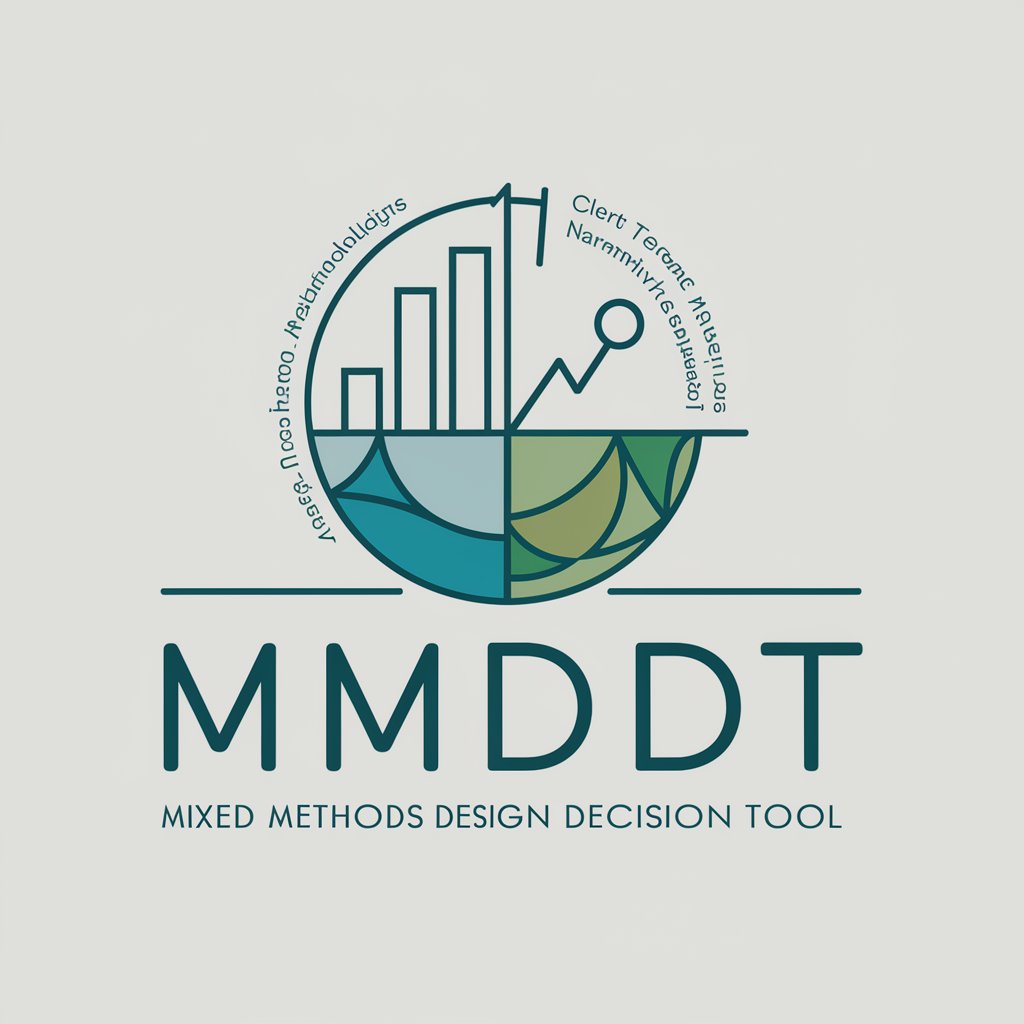
Welcome to the Mixed Methods Design Decision Tool!
Simplify your research with AI-powered mixed methods design.
Explain the importance of mixed methods research in...
What are the key benefits of using the Mixed Methods Design Decision Tool (MMDDT) for...
How can a researcher determine the appropriate mixed methods design for...
Discuss the differences between sequential and concurrent mixed methods designs in...
Get Embed Code
Introduction to Mixed Methods Design Decision Tool (MMDDT)
The Mixed Methods Design Decision Tool (MMDDT) is a structured guide designed to assist researchers, particularly students, in selecting the most appropriate mixed methods design for their study. This tool is rooted in the complexity of mixed methods research, which combines qualitative and quantitative research approaches to benefit from the strengths and mitigate the limitations of each. By guiding users through a series of decision points based on their research questions, objectives, and context, MMDDT helps in clarifying the sequence of data collection, the priority of datasets, and the integration of findings. For example, a user studying the impact of educational interventions on student learning may use MMDDT to decide whether a sequential explanatory design (starting with quantitative data and following up with qualitative insights) or a concurrent triangulation design (collecting both data types simultaneously) is more suitable, based on the depth and breadth of insight they wish to gain. Powered by ChatGPT-4o。

Main Functions of MMDDT
Guiding Research Design Selection
Example
Sequential Explanatory Design
Scenario
A researcher examining the reasons behind student performance trends first conducts a survey (quantitative) and then follows up with interviews (qualitative) based on the survey results.
Facilitating Methodological Rationalization
Example
Triangulation for Complementarity
Scenario
A health study uses both surveys to quantify stress levels among professionals and interviews to explore the personal contexts behind these levels, aiming to provide a more comprehensive understanding of occupational stress.
Supporting Theoretical Lens Identification
Example
Pragmatism for Mixed Methods Research
Scenario
A study on urban development adopts a pragmatic lens, using both statistical analysis to identify housing trends and thematic analysis of stakeholder interviews to understand community impacts, highlighting the practical application of mixed methods.
Ideal Users of MMDDT Services
Graduate Students
Graduate students conducting thesis or dissertation research can utilize MMDDT to navigate the complex landscape of mixed methods research, ensuring a robust and defendable research design that aligns with their study objectives.
Academic Researchers
Academic researchers looking to incorporate mixed methods in their studies for publications or grant proposals can benefit from MMDDT's structured approach to design selection, enhancing the credibility and impact of their research.
Policy Analysts
Policy analysts and evaluators can use MMDDT to design studies that inform policy development and evaluation, combining quantitative data for breadth of understanding and qualitative insights for depth in specific areas of interest.

Using the Mixed Methods Design Decision Tool
1
Begin by exploring yeschat.ai to access a comprehensive trial of the tool, no sign-up or ChatGPT Plus subscription required.
2
Identify the specific mixed methods research design question or challenge you're facing in your study to focus the tool's guidance.
3
Utilize the tool's questionnaire or prompts to input details about your research goals, design preferences, and methodological considerations.
4
Review the tool's recommendations for an appropriate mixed methods design based on your inputs, including rationale and implementation suggestions.
5
Apply the suggested design in your research planning, utilizing additional resources or consultation for complex design decisions as needed.
Try other advanced and practical GPTs
Build Buddy
Empowering Your Home Makeover with AI

Social Media Maven
Elevate Your Social Media Game with AI

Custom GPT Made Simple
Smart AI, Simplified Solutions
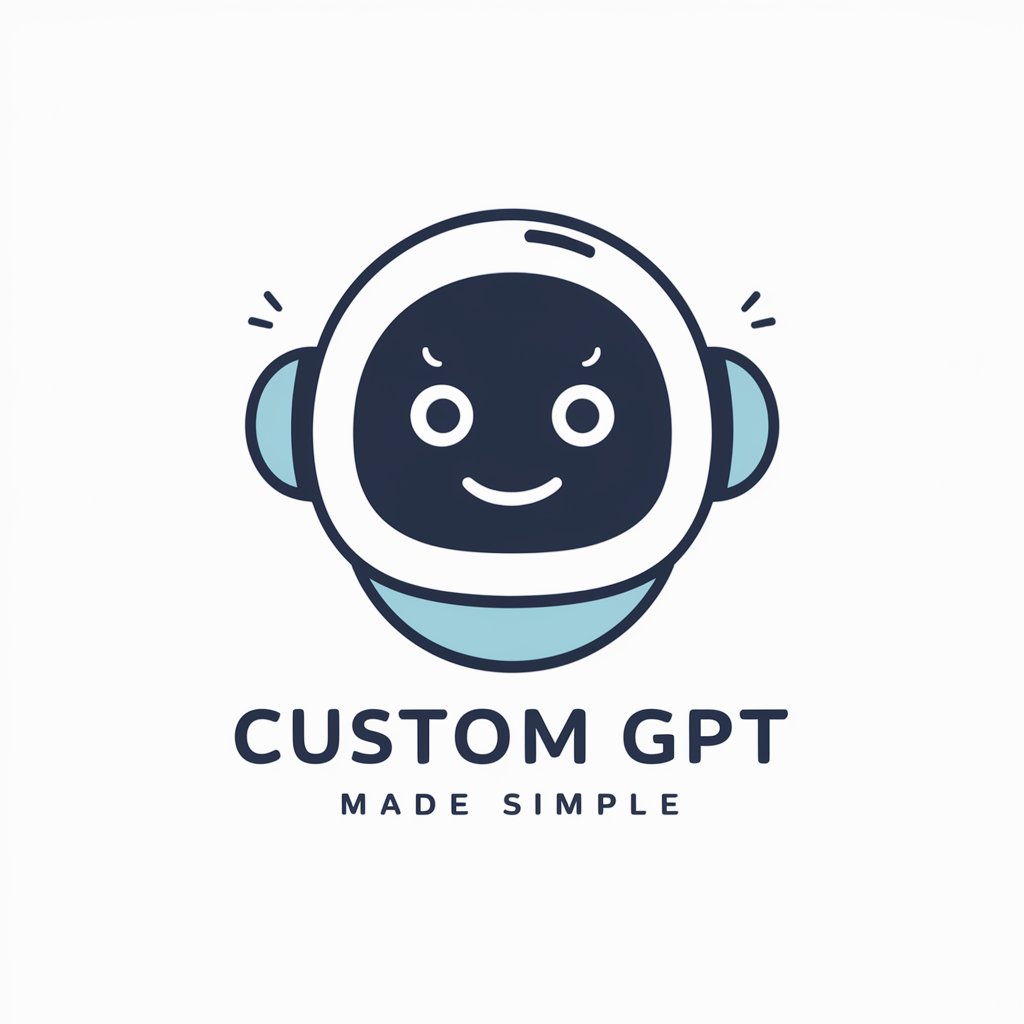
Theory Navigator
Navigating Theoretical Complexities with AI
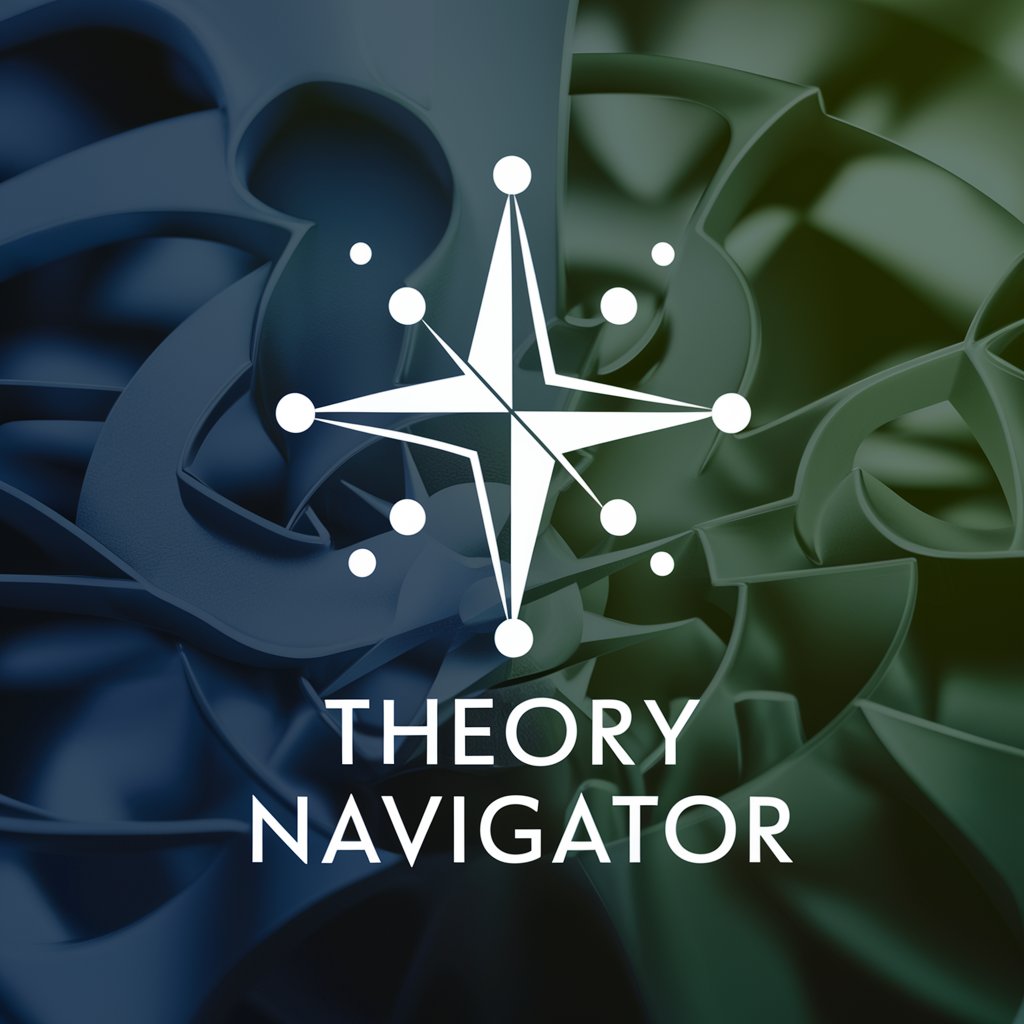
renpeng
Empowering insights with AI

劳动法顾问
AI-Powered Labor Law Guidance

Qualitative Quest
Streamlining Qualitative Research with AI

QualiCopterGPT
Revolutionizing Qualitative Data Interpretation with AI
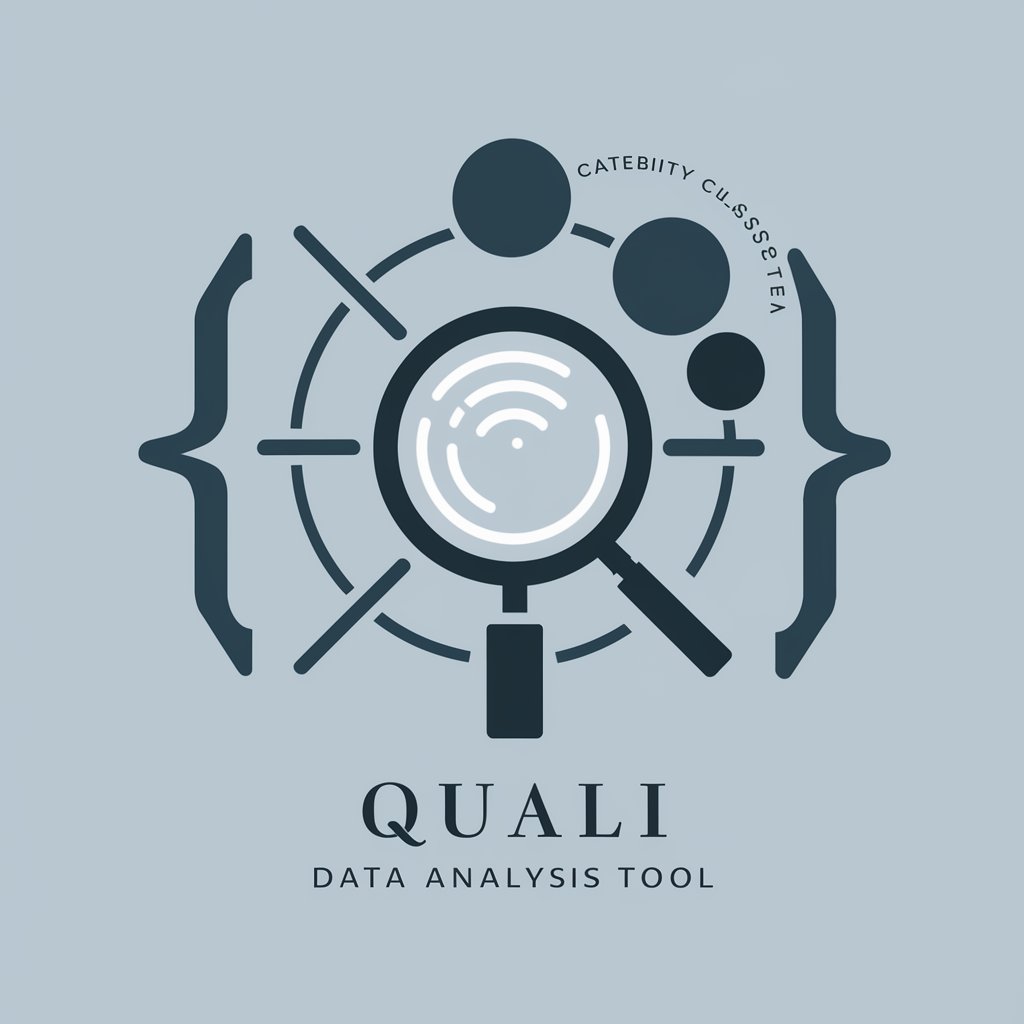
Qualitative Inquiry Guide
AI-Powered Qualitative Research Assistant
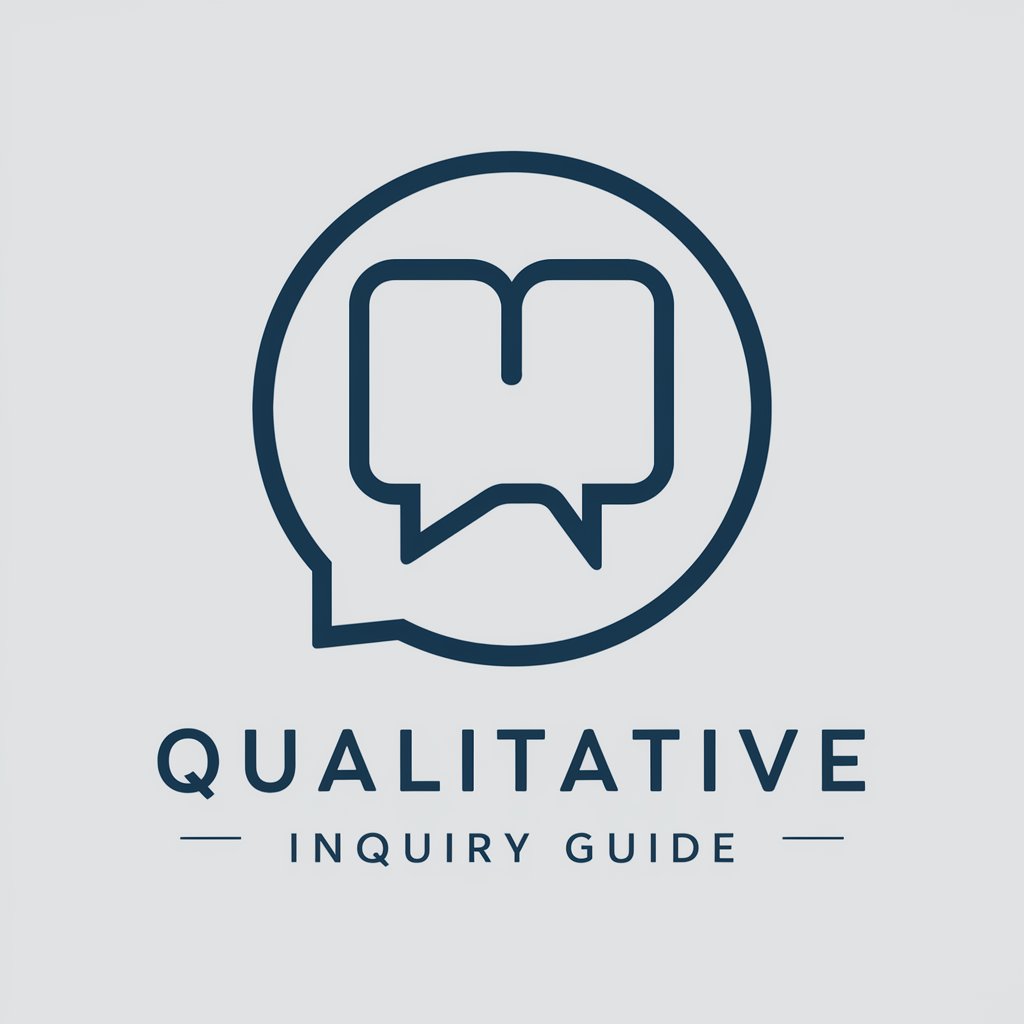
QualiCodeFrame
Streamlining Qualitative Analysis with AI
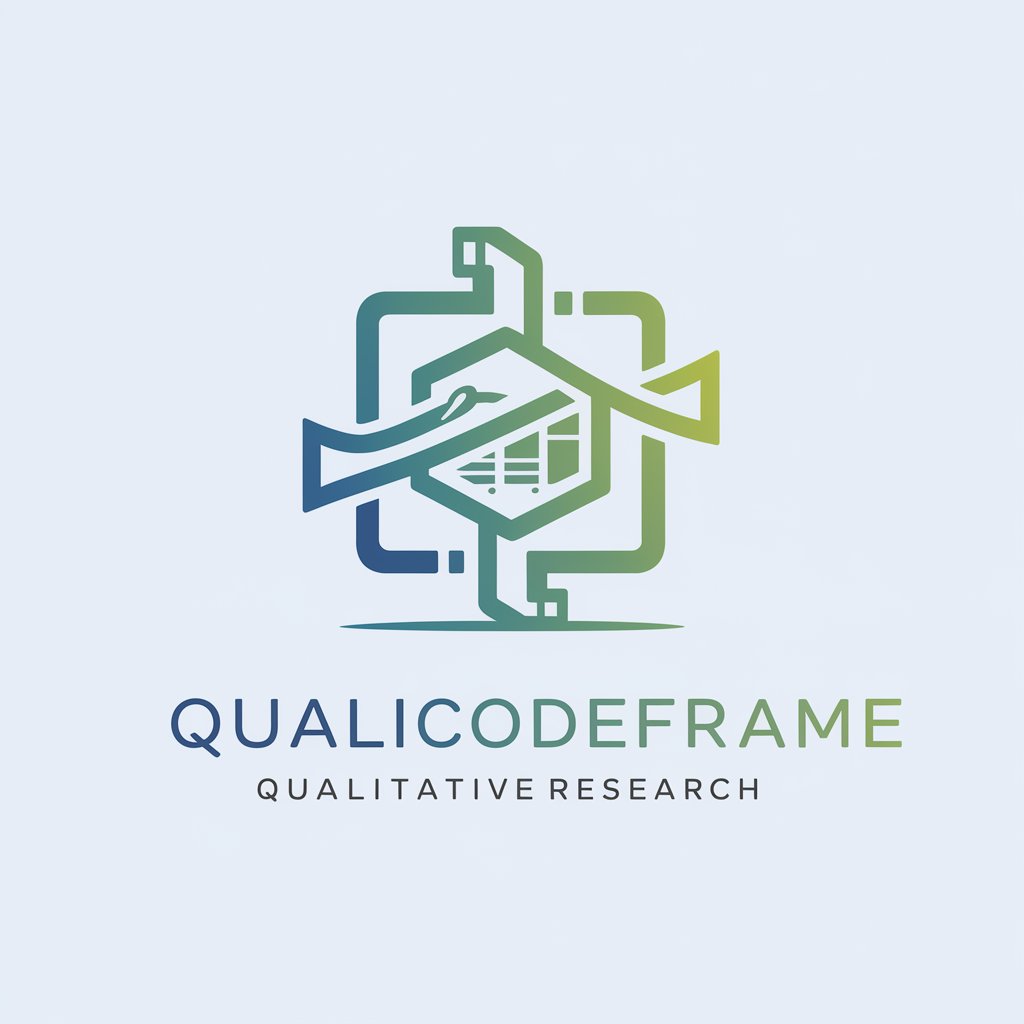
ESG and Sustainability Strategy Consultant
AI-Powered ESG Strategy Enhancement

Dynamic Seasonal Dinner Planner
Seasonal Feasts, Tailored Tastes

Q&A on Mixed Methods Design Decision Tool
What types of research questions are best suited for the Mixed Methods Design Decision Tool?
This tool is ideal for research questions that require both quantitative and qualitative data to provide a comprehensive understanding, such as studies aiming to explore phenomena in depth while also measuring its prevalence or effects.
Can the Mixed Methods Design Decision Tool help with dissertation research planning?
Absolutely, it's particularly useful for dissertation students by guiding them in choosing a mixed methods design that aligns with their research objectives, enhances the credibility of their findings, and meets academic standards.
How does the tool integrate theoretical frameworks into mixed methods design recommendations?
It considers your theoretical or philosophical preferences to recommend a design that aligns with your research paradigm, ensuring coherence between your study's theoretical foundation and methodological approach.
What if my research needs change after using the tool?
The tool is designed for iterative use, allowing you to revisit and revise your design choices as your research evolves or as new insights emerge, ensuring flexibility and adaptability in your research planning.
Does the tool provide support for implementing the recommended mixed methods design?
While the tool primarily focuses on the decision-making process, it offers foundational advice on implementation and may suggest resources for further guidance on conducting mixed methods research effectively.
